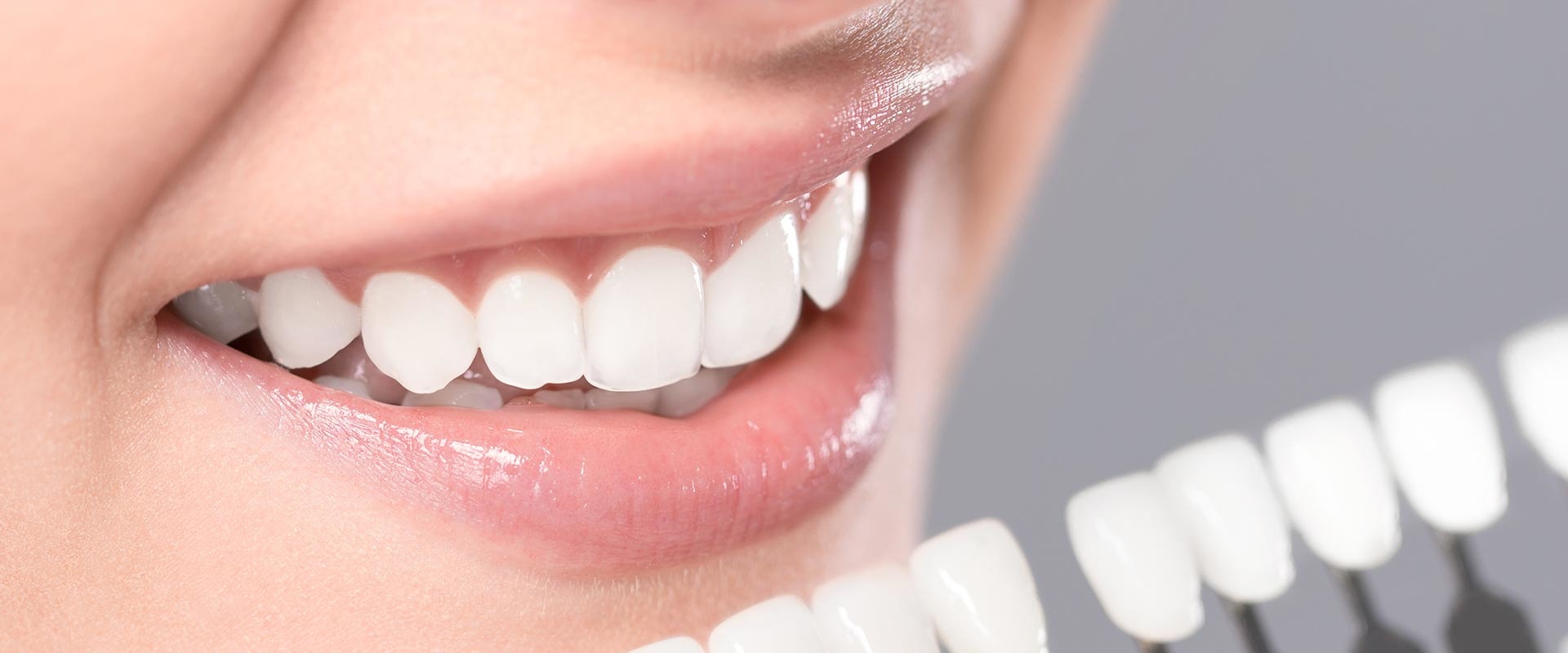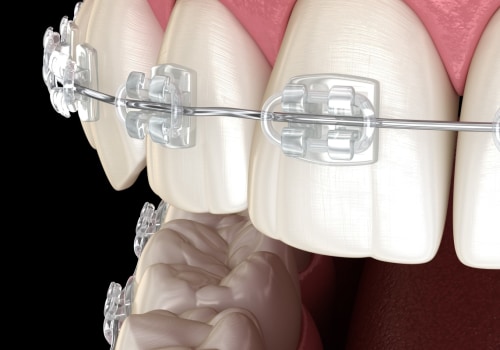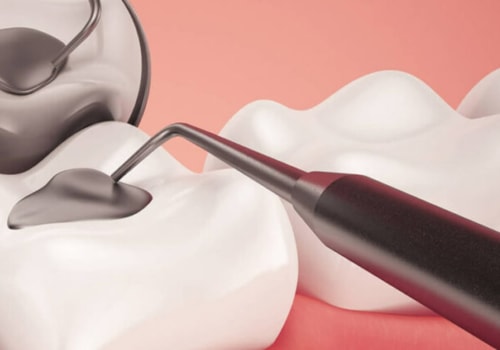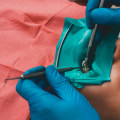Learn more about the work they do and. What is cosmetic dentistry? Costs and Types What is a dental crown? Costs and types.
Cosmetic dentistry
is a professional oral care method that focuses on improving the appearance of your teeth. And while cosmetic dentistry procedures are often elective rather than essential, some treatment cases also provide restorative benefits.Learn about the most common procedures and how they work. Cosmetic dentistry combines art and science to give you a healthy, aesthetic and flawless smile. While general dentistry aims to maintain the health of your teeth and gums, cosmetic dentistry offers comprehensive treatment options that improve and preserve the look and feel of your smile. The American Dental Association (ADA) has not clearly defined cosmetic dentistry, also known as cosmetic dentistry.
However, dentists define it as the method of dentistry that improves the patient's smile and self-image. Having a beautiful smile and strong teeth are essential for many aesthetic reasons and in relation to overall health. It is also known as enameloplasty, odontoplasty, contouring, contouring, cosmetic contouring, slender, stripping. For dental adhesion, the aesthetic dentist applies a moldable resin to the tooth and hardens it with ultraviolet light.
Bonding is one of the least expensive cosmetic dentistry procedures available to patients with cavities, chipped or cracked teeth, and worn edges. While the American Dental Association does not offer an official certification or board specialty, dentists gain cosmetic dentistry skills through years of training. Clear braces and aligners are orthodontic treatments, but they are also considered cosmetic by nature. Compared to many other cosmetic procedures, bonding is not expensive, making it an economical and effective treatment for patients with cavities, chipped or cracked teeth, or worn tooth edges.
Crowns prevent a weak tooth from breaking or keep a cracked tooth; they can be used cosmetically to cover deformed or heavily discolored teeth. This cosmetic dentistry procedure is also known as indirect fillings, which are performed in a dental laboratory. If you're considering cosmetic dentistry procedures, it's vital that you find a cosmetic dentist who specifically offers the option you're interested in. In addition, dentists rely on veneers for many cosmetic problems, including crooked teeth, damaged or cracked enamel, and unsightly spaces between teeth.
Bonding can repair decayed, chipped, cracked or deformed teeth; it is also a good cosmetic alternative or replacement for amalgam or silver fillings. However, some dentists invest more time and money in continuing education in cosmetic dentistry, which makes them better equipped than someone who hasn't made the same investment. Most cosmetic procedures are elective rather than essential, although some treatment cases provide restorative benefits. If your teeth are stained, discolored, worn, chipped, broken, misaligned, deformed, or have gaps between them, modern cosmetic dentistry can give you a better smile.
Cosmetic dentistry has to do with the search for beauty, generally in the classical sense, not in the impressionist or abstract sense like Monet or Picasso. A cosmetic dentist is trained to safely and effectively provide a variety of treatments designed to improve your smile.








